Our Math Teachers Share Their Favorite Distance Learning Tools
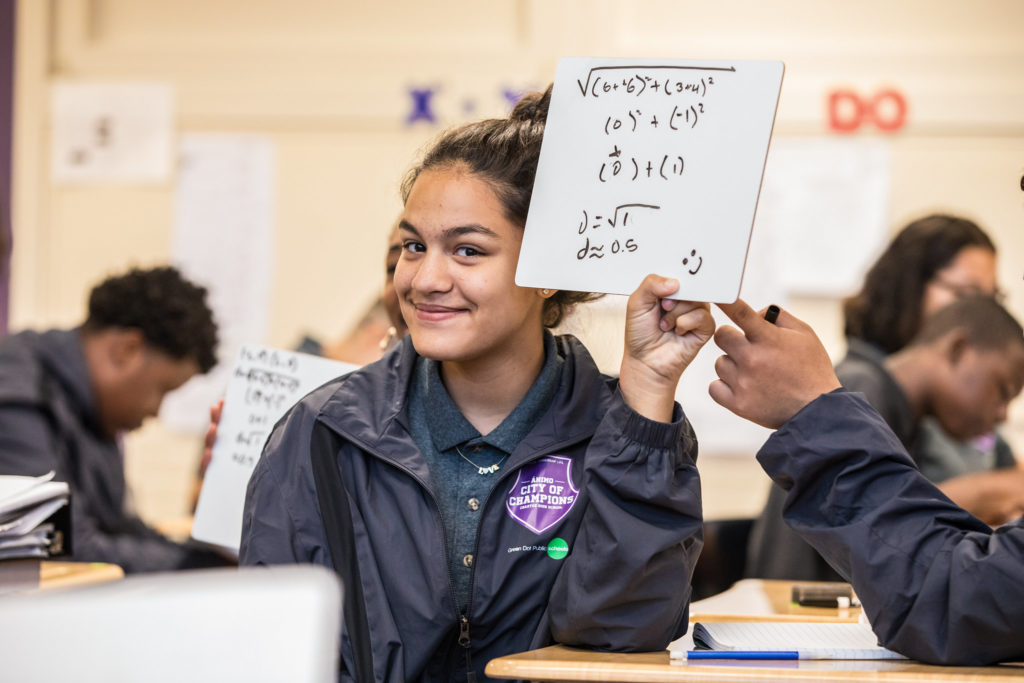
When school districts around the nation shifted to distance learning, we had to reimagine our learning environments. Our school leadership teams and curriculum specialists collaborated with our teachers to develop innovative practices and approaches to support students in achieving subject mastery. In a remote learning environment. And as a network, we’ve made a swift commitment to narrow the digital divide for our students by providing all of our students with laptops and wireless hotspots.
Through these efforts, our teachers have adapted their strategies and expanded their technology tool belts to help mitigate learning loss and meet the needs of every student during distance learning. In celebration of the tenacity of our educators, 10 of our math teachers have shared their favorite digital tools they use to build lessons, code equations and track student progress in real-time in their synchronous learning environments.
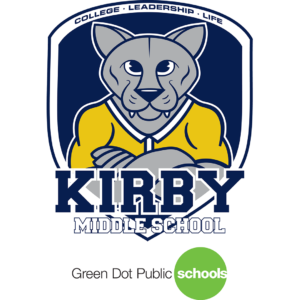
Justin Dinnall
“Nearpod allows students to be collaborative. As a teacher I might spot an error on a question and I’m able to share that screen and we’ll break down the errors in that question. It's great for highlighting misconceptions and getting students to self-correct and correct each other.”

Sam Kottoor
“A good way to show student thinking is using Google Docs. After every question, we ask students to explain each response. At the beginning of class, my students open up a classroom activities document that I've made for them, and they have time to work on the activities independently. Then we come together as a class to talk about it.”
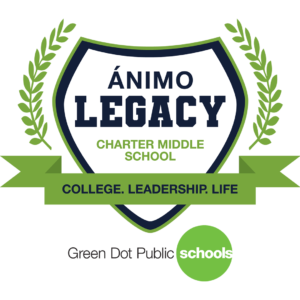
Charrell Milton
“I'm a big fan of Nearpod. On Nearpod, I can throw in a quiz; I can have our students respond; I can watch them draw or write out the math problem on the screen. And Nearpod shows you everybody's name at once, so I know who is responding and who has started the work.”

Raul Jimenez
“I’ve been using a website called GeoGebra, where I'm able to see what each student is thinking and inputting in the moment. It’s a nice platform because you can see—all at once—how students are learning.
And then I'll also incorporate a Google Forms into the mix, which the students use as an exit ticket. They answer questions that show me what they learned that day, and I'll still add an end-of-class assignment where they can show their reasoning on GeoGebra.”
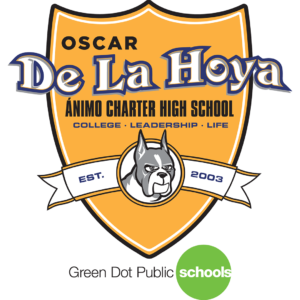
Daisy Diaz
"Desmos is the best thing for math right now. We can use it to create lessons. You can code questions for students to answer. They can show their work and share their work with both me and their classmates.”
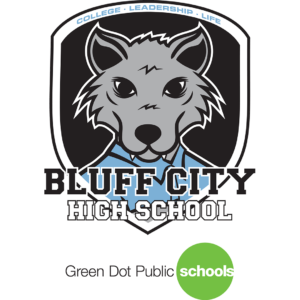
Angelina Mendez
“I use Nearpod and Google Classroom. I’ll have their assignment on Google Classroom and our opening questions on Nearpod as well as any questions I want specific data on. I’ll also use Nearpod to show us where we are in the classwork assignment.”

Itzel Reyes
“We check for understanding through Zoom polls and collaborative boards, and we use Google Forms to collect exit slips to determine how our students are performing.
We also use Mastery Connect, an online platform where we’re able to provide questions, and on the backend we’re able to give benchmarks and unit exams to check student mastery.”

Anjali Mahadevia
“I use Desmos to coach students as they derive the right answer. On Desmos, I can easily compare and contrast student answers, and then show student work as examples."

Susana Amezcua
“I transitioned to Desmos, which a lot of people may know for its graphing calculator. I’ve been able to create my lessons, and organize them into screens. I can input a graph; I can code an equation and an answer; I can input a piece of paper digitally and they're able to write in further steps; And I can check questions and launch a poll.”

Kevin Castro
“With Desmos I’m checking for mastery, I'm looking at their language skills, and I'm checking to see if they’re really thinking through a problem. It’s been really helpful for me and the students to see what their progress looks like in class.”
